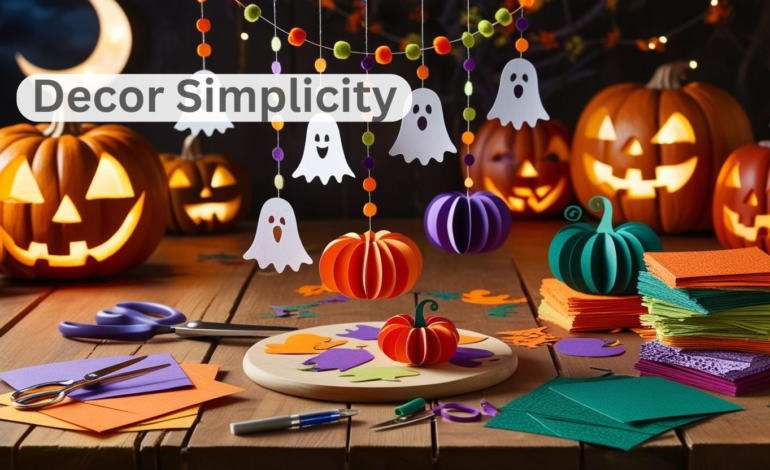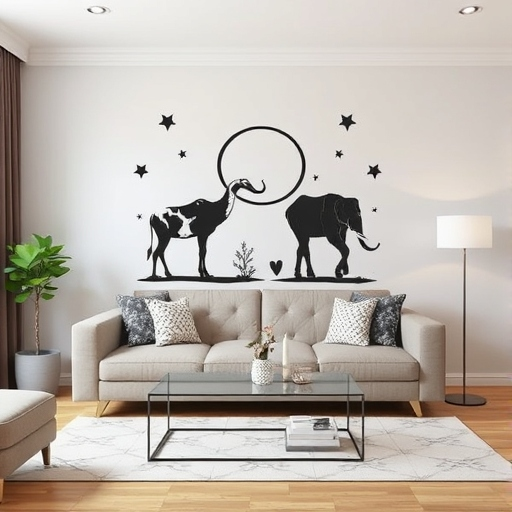
Top 10 Tips for Creating a Textured Living Room: Achieve the Perfect Ambience
Introduction
Imagine walking into a living room that feels both cozy and chic, where every texture tells a story. Creating a textured living room isn’t just about aesthetics; it’s about crafting an environment that invites relaxation and showcases your personal style. In this article, we’ll unravel the secrets to achieving the perfect balance of textures, ensuring your space is as inviting as it is beautiful.
Understanding Texture in Interior Design
Texture plays a pivotal role in interior design, adding depth and dimension to a space. According to a study by the International Association of Interior Designers, textures can significantly influence the perceived comfort and warmth of a room. To start, consider the various types of textures:
- Visual Texture: Patterns and designs that create the illusion of depth.
- Tactile Texture: Surfaces that invite touch, like velvet or rough linen.
- Natural Texture: Elements like wood, stone, and plants that bring an organic feel.
Tips for Mixing Textures
Mixing textures can be a game-changer, but it requires a balanced approach. Here are some tips:
- Start with a Base: Choose a neutral fabric for furniture to serve as a canvas.
- Layer Wisely: Add throw pillows, rugs, and blankets in varying textures.
- Contrast for Impact: Pair smooth surfaces with rough ones for visual interest.

Affordable Ways to Add Texture
Not all textured elements have to break the bank. Consider these budget-friendly ideas:
- Textured Paint: Create a faux finish with textured paint for walls.
- DIY Wall Art: Use materials like burlap or fabric to make unique wall hangings.
- Second-Hand Finds: Thrift stores often have textured items at a fraction of the cost.
Maintaining a Textured Living Room
Preserving the beauty of textures requires care. Here are some maintenance tips:
- Regular Cleaning: Dust and vacuum textured surfaces to keep them fresh.
- Rotate Textiles: Switch out throw pillows and blankets seasonally for a fresh look.
- Protect Fabrics: Use protective covers on upholstery to prevent wear and tear.
FAQs
What Are the Best Textures for a Living Room?
Incorporate a mix of smooth, rough, and natural textures for a balanced look.
How Do I Mix Different Textures Without It Looking Messy?
Start with a neutral base and gradually introduce textures in layers.
Can I Use Textured Wallpaper in My Living Room?
Absolutely, textured wallpaper adds depth and character to any space.
What Are Some Affordable Ways to Add Texture to My Living Room?
Consider textured paint, DIY wall art, and second-hand finds for budget-friendly options.
How Do I Choose the Right Textiles for a Textured Living Room?
Select textiles that complement your existing decor and provide contrast for visual interest.
Should I Focus on One Texture or Multiple?
A mix of textures creates a more dynamic and engaging environment.
Are There Any Texture Trends for 2024?
Look out for bold, tactile patterns and sustainable, natural materials.
How Do I Maintain a Textured Living Room?
Regular cleaning and rotation of textiles keep the space fresh and inviting.
Conclusion
Creating a textured living room is an exciting journey that allows you to express your personality and enhance your home’s ambiance. By following these tips and ideas, you can achieve a space that is both stylish and comfortable. Share your textured living room transformations in the comments below






2 Comments
This blog is definitely rather handy since I’m at the moment creating an internet floral website – although I am only starting out therefore it’s really fairly small, nothing like this site. Can link to a few of the posts here as they are quite. Thanks much. Zoey Olsen
Who are you